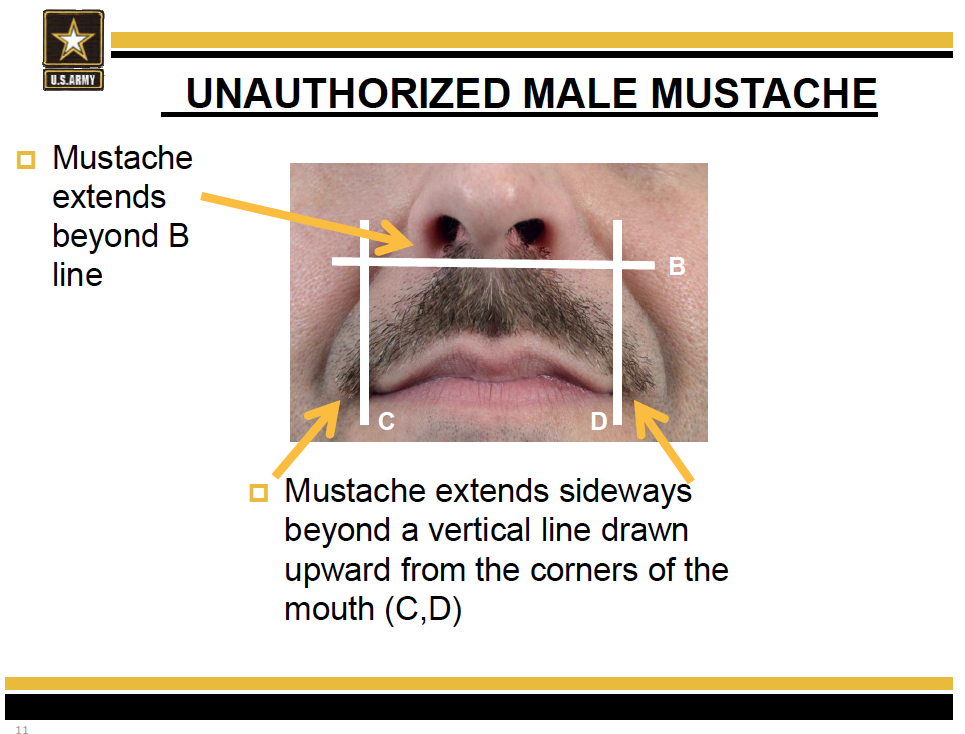
In the bleak days during the war in Iraq, the Army was hungry for troops. So the service eased up on some of its grooming standards and issued waivers for recruits who had used drugs or committed similar infractions that used to be sufficient to keep them out of uniform.
But after peaking at 570,000 troops in 2010, the Army is now slated to fall to as low as 420,000 over the next several years — a reduction of more than 25%. And that means the Army is getting increasingly picky. So waivers are disappearing, along with some of the relaxed personal-appearance regulations that the Army tolerated during its toughest years fighting in Afghanistan and Iraq.
The new regulations, issued last week, clamp down on tattoos, haircuts, sideburns, fingernails, teeth and jewelry.
Tattoos are a big deal in the military. But from here on out, tattoos are barred from a soldier’s head, face, neck, wrist, hands and fingers (existing tattoos in those locations are permitted). Any enlisted soldier with such tattoos will not be eligible for promotion to warrant officer or officer ranks.
Also controversial are rules for female hairstyles, which some soldiers say are “racially biased” against minorities. More than 13,000 people have signed a White House petition seeking to change the Army’s new ban on hairstyles that include “twists, both flat twists as well as two strand twists; as well as dreadlocks, which are defined as ‘any matted or locked coils or ropes of hair.’”
The tightened regs “give soldiers and leaders the responsibility for ensuring our appearance reflects the highest level of professionalism,” says Lieut. Colonel Justin Platt, an Army spokesman. “All adjustments made within these regulations went through an extensive decisionmaking process with continuous input from various levels of Army leaders.”
Among other excerpts from the new regulations:
And, in a sure sign the nation is returning to a peacetime Army:
“Personnel on official travel and traveling by commercial travel means will wear the service uniform or appropriate civilian attire. Combat uniforms are no longer authorized.”
More Must-Reads from TIME
- Cybersecurity Experts Are Sounding the Alarm on DOGE
- Meet the 2025 Women of the Year
- The Harsh Truth About Disability Inclusion
- Why Do More Young Adults Have Cancer?
- Colman Domingo Leads With Radical Love
- How to Get Better at Doing Things Alone
- Michelle Zauner Stares Down the Darkness
Contact us at letters@time.com